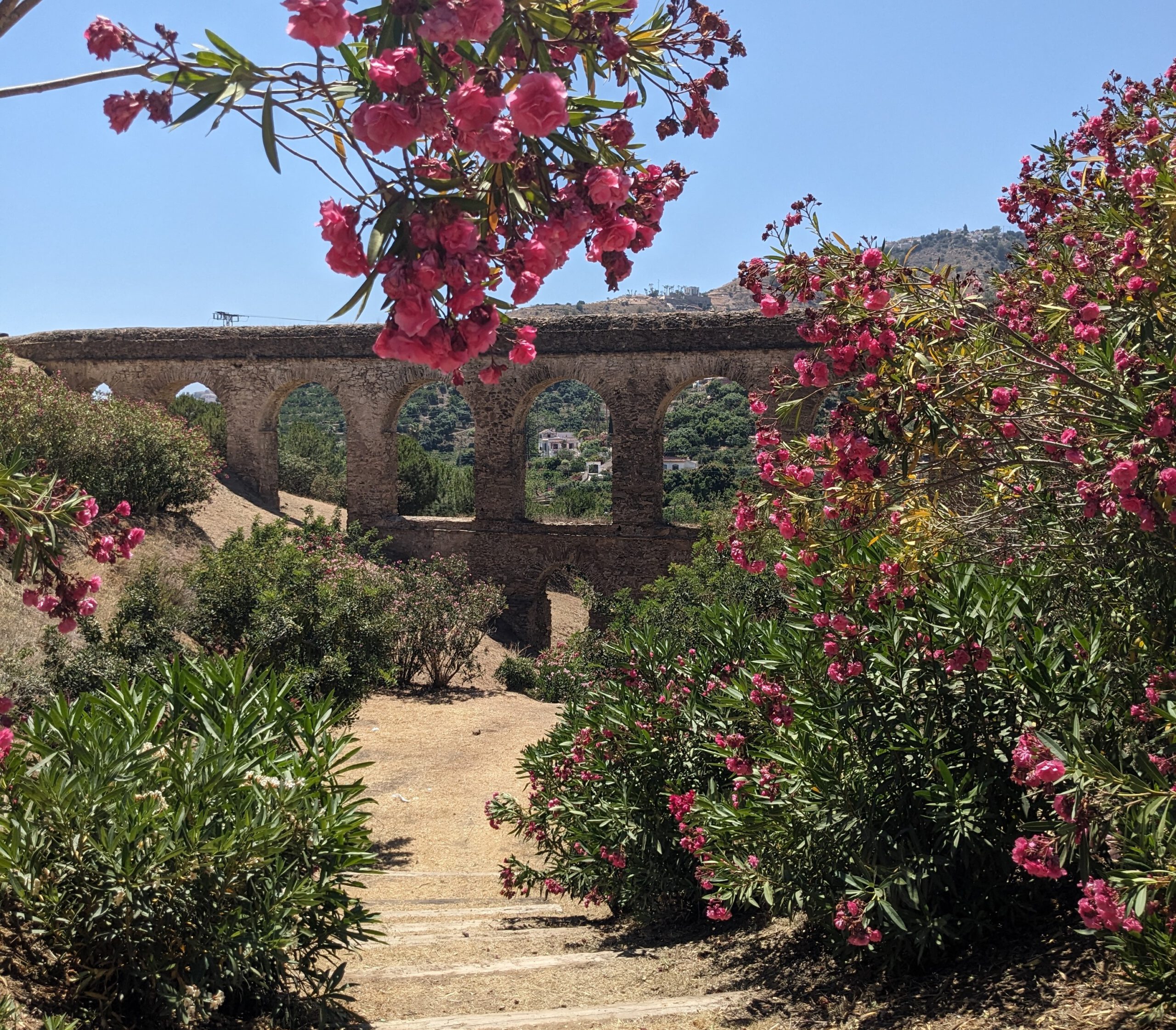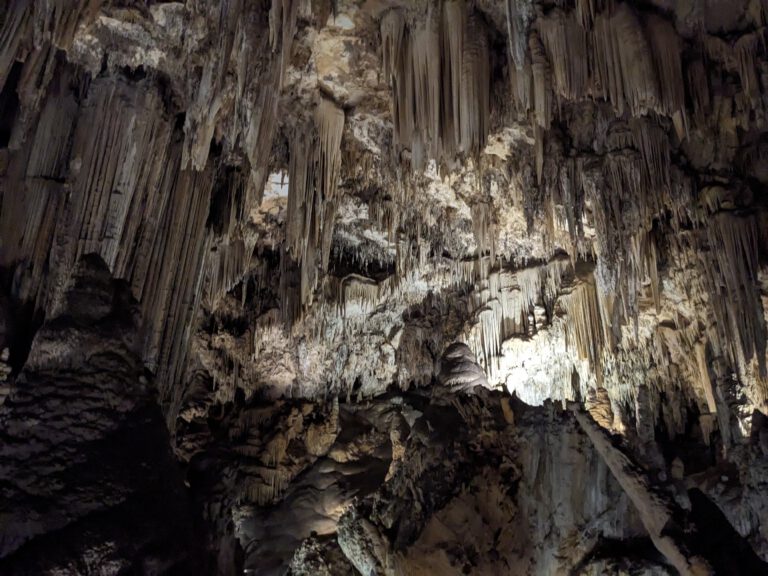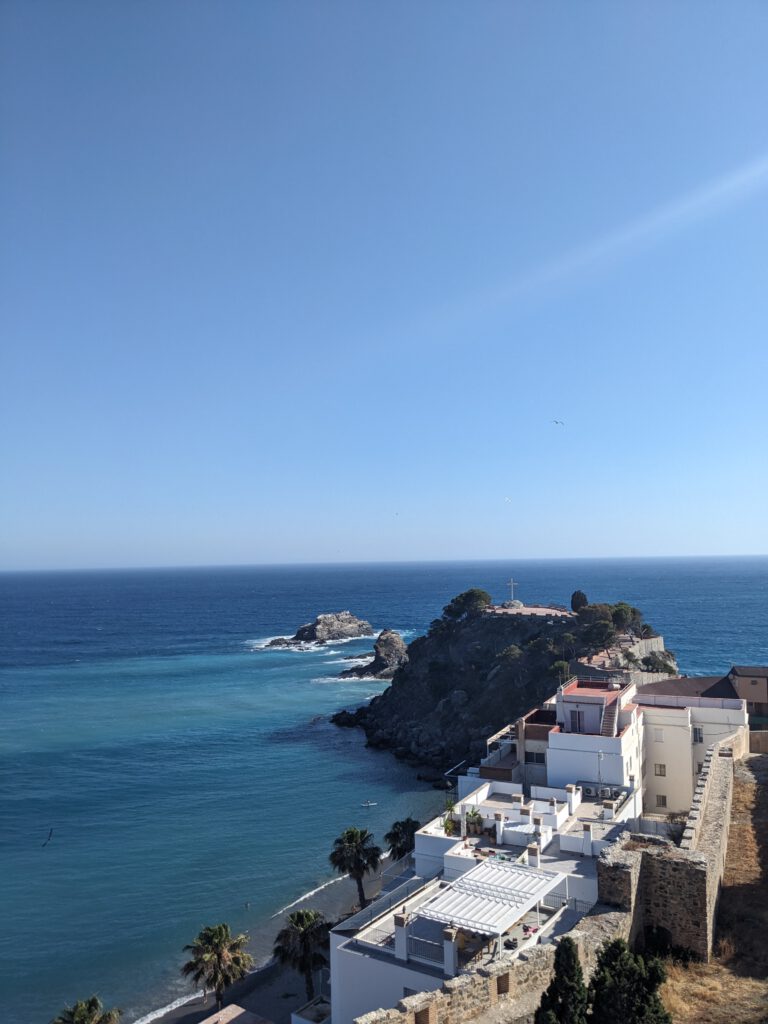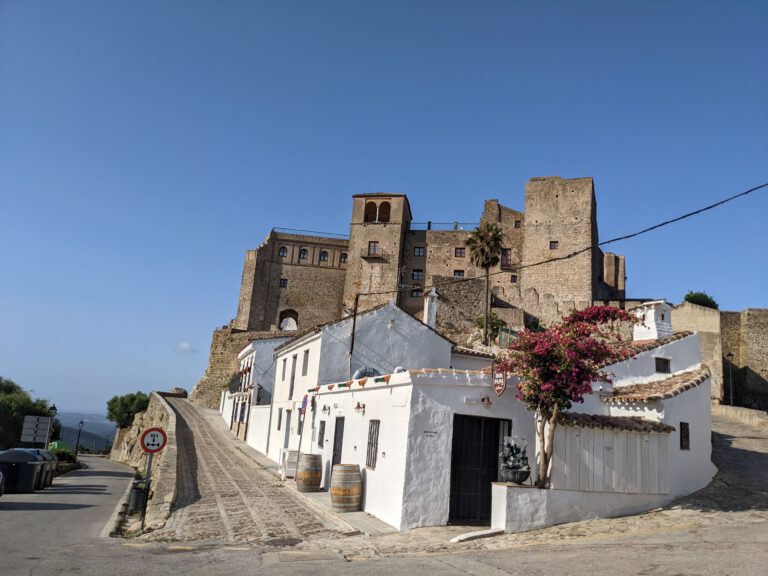The Aqueduct of Almuñecar La Herradura
Time required: Approximately 30-45 minutes for the park, about 15 minutes for the excavation remains. Admission: Free (as of July 2024)….
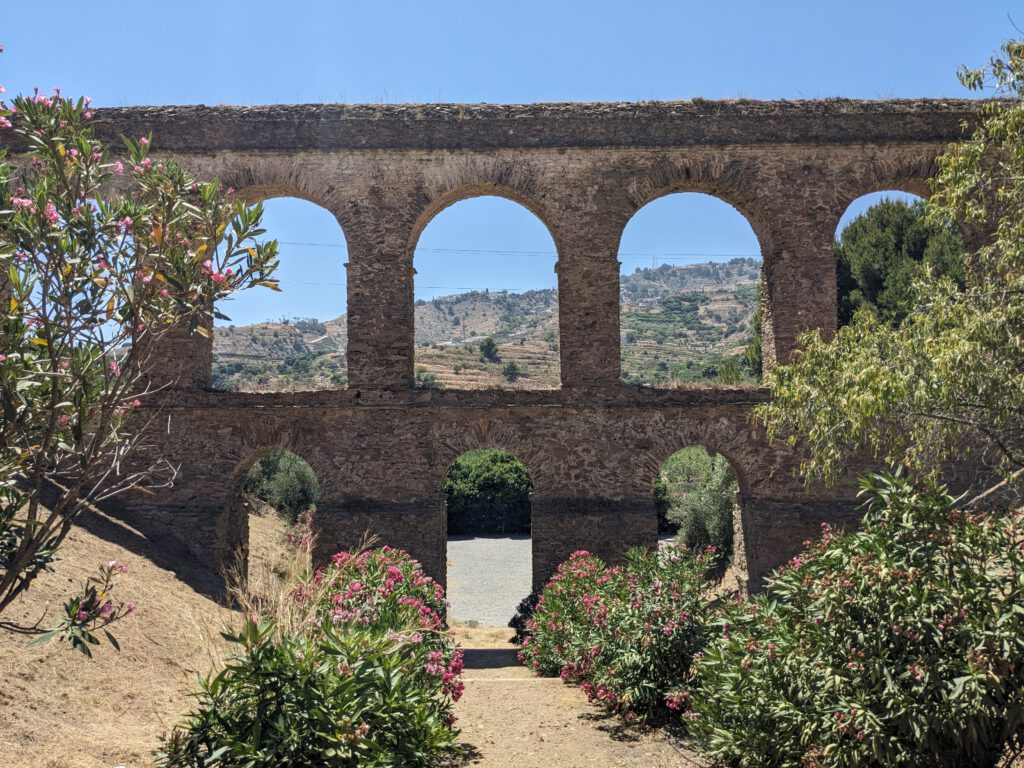
- Time required: Approximately 30-45 minutes for the park, about 15 minutes for the excavation remains.
- Admission: Free (as of July 2024).
- Opening hours: 09:00 – 20:30.
- Parking: Free on-street parking @Google Maps: LINK.
- Special notes: No appointment necessary.
- Parque del Acueducto @Google Maps: LINK.
- Aqueduct excavation remains @Google Maps: LINK.
- Our rating: 4.5/5.
History, Significance, and Route of the Aqueducts
You like to enjoy some history when you are in holiday? This is were you can have a nice afternoon or morning walk. These photos were taken during late may/early June so we had the flowers in beautiful colours, might not look like this in late summer.
In light of the need for drinking water and water for the local salt industry, the Romans wanted to leave an example of their expertise in engineering and construction in the 1st century AD. Alongside the construction of the city’s main Roman monuments, they built an aqueduct over 7 km long. This aqueduct has been declared a cultural heritage site and spans several kilometers, with some sections still preserved. It consists of typical Roman architectural elements such as arches, channels, and bridges. The structure is primarily built from stone and mortar, which explains its durability. Currently, it consists of 5 sections that lie towards the Suspiro del Moro highway. To see all parts, the Almuñécar Tourist Office provides a free aqueduct route.
Alternatively, you can use this LINK.
Originally, the aqueduct was not an attraction but served to transport water from the nearby mountains into the city to supply the growing population and meet their agricultural needs. The construction of the aqueduct was crucial for the development and growth of Almuñécar in ancient times.
Some parts of the aqueduct are still visible and well-preserved today, while others have been damaged or destroyed over the centuries. The well-preserved sections are a significant archaeological monument and an important tourist attraction in the region. Several restoration projects aim to preserve and protect the aqueduct so that future generations can continue to admire it.
The city offers guided tours that provide interesting insights into the history and function of the aqueduct. Moreover, the aqueduct is often a highlight in cultural and historical excursions in the region.
In summary, the aqueduct of Almuñécar is a fascinating example of Roman engineering and an important historical monument that highlights the city’s significance in antiquity. We can highly suggest you to walk the route, which is super interesting and “something else”.
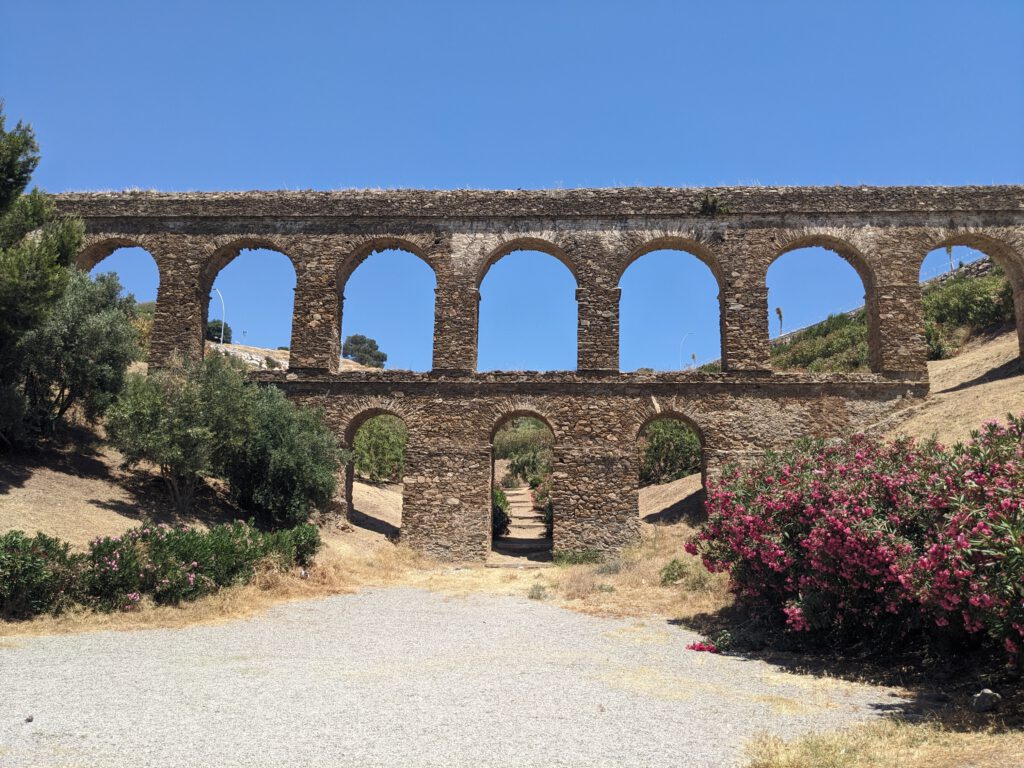
Photo Credits: Travel Spain /// J.C. García Arrocha / Lilli Butzbach (2024)
